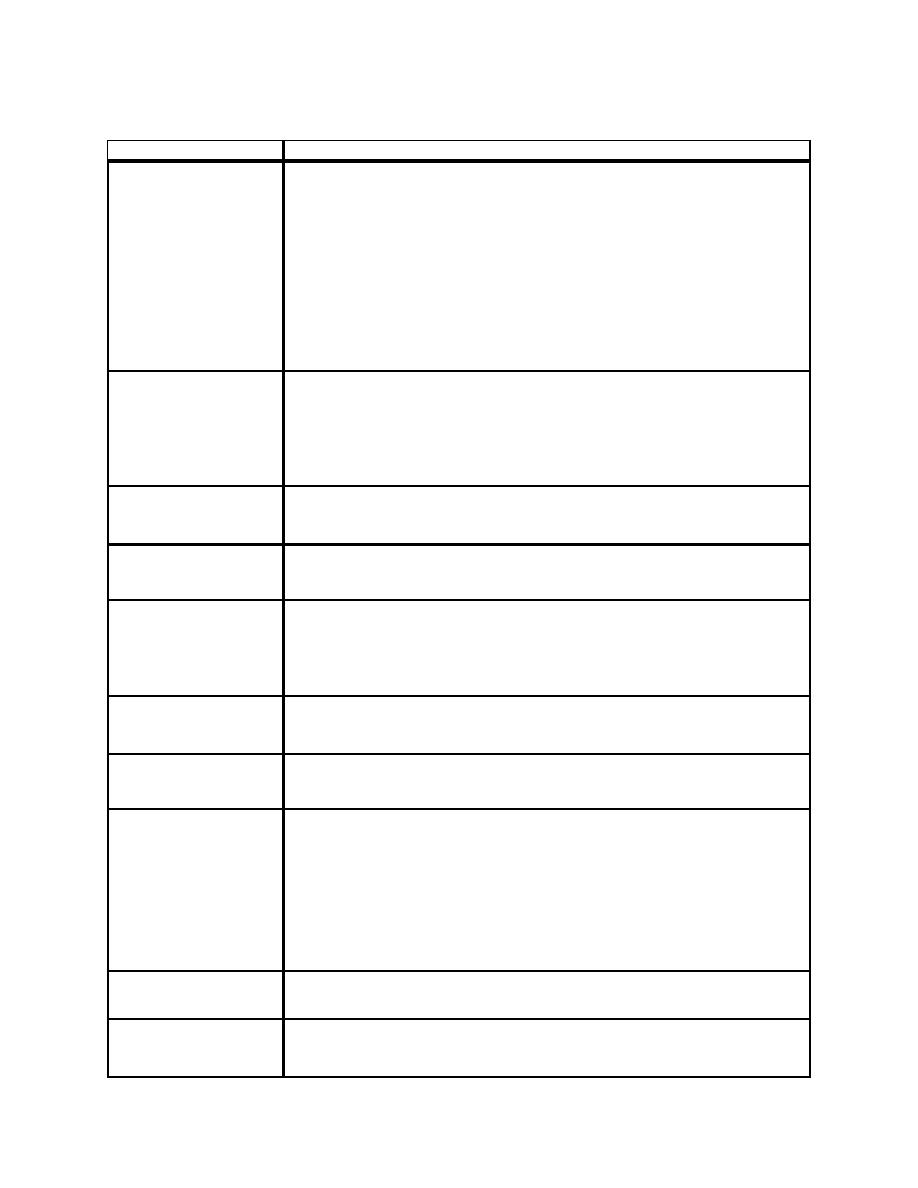 |
|||
|
|
|||
|
|
|||
| ||||||||||
|
|  DOE-HDBK-1139/3-2005
Sources11
Consolidated Requirements12
additional groups of storage cabinets can be located in
any fire area if a minimum100-foot separation is
maintained.
EXCEPTION 2: In an industrial occupancy that is
protected by an automatic fire sprinkler system, the
number of cabinets can be increased to 6 in a group.
EXCEPTION 3: In a laboratory fire area, the number
of flammable liquid storage cabinets is not limited;
however, the total quantity of flammable and
combustible liquids is limited to the quantities as
defined in 4.3.14.4.]
4.3.15.4 The maximum amount of Class I, II, and IIIA
NFPA 45, 2.2.1.3
flammable and combustible liquids that can be stored in
a laboratory fire area is 400 gallons of which the
maximum amount of Class I flammable liquids is 300
gallons.
4.3.16 Sites for outdoor storage lockers (see definition) shall be
NFPA 30, 4.6.4
reviewed to ensure proper placement, separation, etc.
4.3.16.1 Multiple outdoor storage lockers at a given site shall be
NFPA 30, 4.6.4
separated according to requirements in NFPA 30.
4.3.16.2 In outdoor storage lockers, containers in their original
NFPA 30, 4.6.4.4.1
shipping packages shall be permitted to be stored either
on pallets or in piles, while unpacked containers shall
be stored on shelves or on the floor.
4.3.16.3 No other flammable or combustible materials shall be
NFPA 30, 4.6.4.4.2
stored at designated outdoor storage locker sites.
4.3.16.4 Outdoor storage lockers shall be placarded according to
NFPA 30, 4.6.4.4.3;
NFPA 704.
NFPA 704
4.4 Oxidizers
[NOTE: Additional requirements can be found in NFPA 430, "Code for
Storage of Solid and Liquid Oxidizers", when quantities exceed 4,000
pounds of Class 1 oxidizer (see definition), 1,000 pounds of Class 2
Oxidizer (see definition), 200 pounds of Class 3 Oxidizer (see
definition), or 10 pounds of Class 4 Oxidizer (see definition). Oxidizer
classes are defined in NFPA 430".]
4.4.1 Oxidizer storage areas shall be conspicuously identified with the
NFPA 430, 2.2.1
words "Class (appropriate classification number) Oxidizers."
4.4.1.1 Areas used to store oxidizers of different classes shall be
NFPA 430, 2.2.2
marked as containing the most severe hazard.
34
|
|
Privacy Statement - Press Release - Copyright Information. - Contact Us |